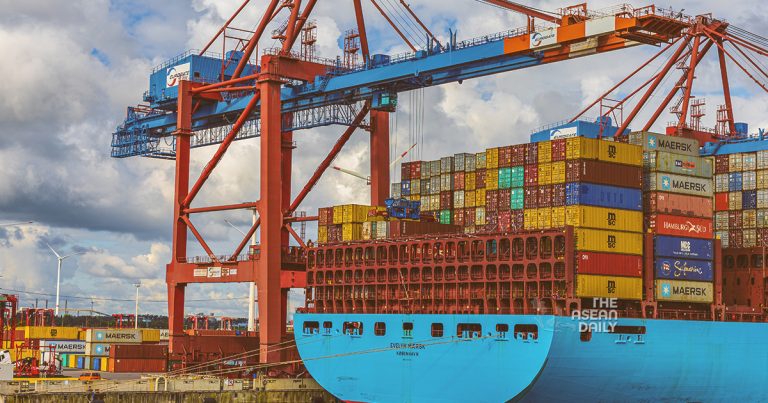6-10-2024 (HANOI) Vietnam has reported its most robust economic growth in two years for the quarter ending September, defying the aftermath of a devastating typhoon that struck the nation last month. The country’s resilience in the face of adversity underscores its growing importance as a regional manufacturing hub and an attractive destination for foreign investment.
According to the government’s General Statistics Office, gross domestic product (GDP) expanded by 7.4% year-on-year in the third quarter, surpassing the revised 7.09% growth recorded in the previous quarter. This impressive performance comes despite the impact of Typhoon Yagi, which battered northern Vietnam, claiming over 300 lives and causing an estimated $3.3 billion in property damage.
The economic upturn has been primarily driven by strong exports, thriving industrial production, and a steady influx of foreign investment. Vietnam has cemented its position as a key manufacturing centre for global tech giants such as Samsung Electronics and Apple suppliers Foxconn and Luxshare.
“The world economy is showing signs of stabilisation, with improvements in global trade, easing inflationary pressures, loosening financial conditions, and an increase in labour supply,” the statistics office reported. This positive global outlook has contributed significantly to Vietnam’s economic resurgence.
September’s data revealed a 10.7% year-on-year increase in exports, while industrial production surged by 10.8%. Foreign investment inflows for the first nine months of the year reached $17.3 billion, marking an 8.9% increase compared to the same period last year.
However, the impact of Typhoon Yagi was evident in the manufacturing sector. S&P Global’s Purchasing Managers’ Index (PMI) for Vietnam’s manufacturing fell sharply to 47.3 in September from 52.4 in August, representing the most significant decline since November last year. Andrew Harker, director at S&P Global Market Intelligence, commented, “The storm halted a period of strong growth in the sector, with heavy rain and flooding causing temporary business closures and delays in both supply chains and production lines.”
Despite these challenges, Vietnam remains optimistic about its economic trajectory. The government has set a GDP growth target of 6.0% to 6.5% for the year, while aiming to keep inflation below 4.5%. September’s consumer prices rose by 2.63% year-on-year, and retail sales increased by 7.6%.
The country’s trade performance has been particularly noteworthy. In the first nine months of 2023, exports climbed 15.4% year-on-year to $299.63 billion, while imports rose 17.3% to $278.84 billion, resulting in a trade surplus of $20.79 billion.
International financial institutions have expressed confidence in Vietnam’s economic outlook. The International Monetary Fund projects Vietnam’s GDP growth at 6.1% this year, while the Asian Development Bank forecasts 6.0%. The IMF attributes this growth to “continued strong external demand, resilient foreign direct investment, and accommodative policies.”




